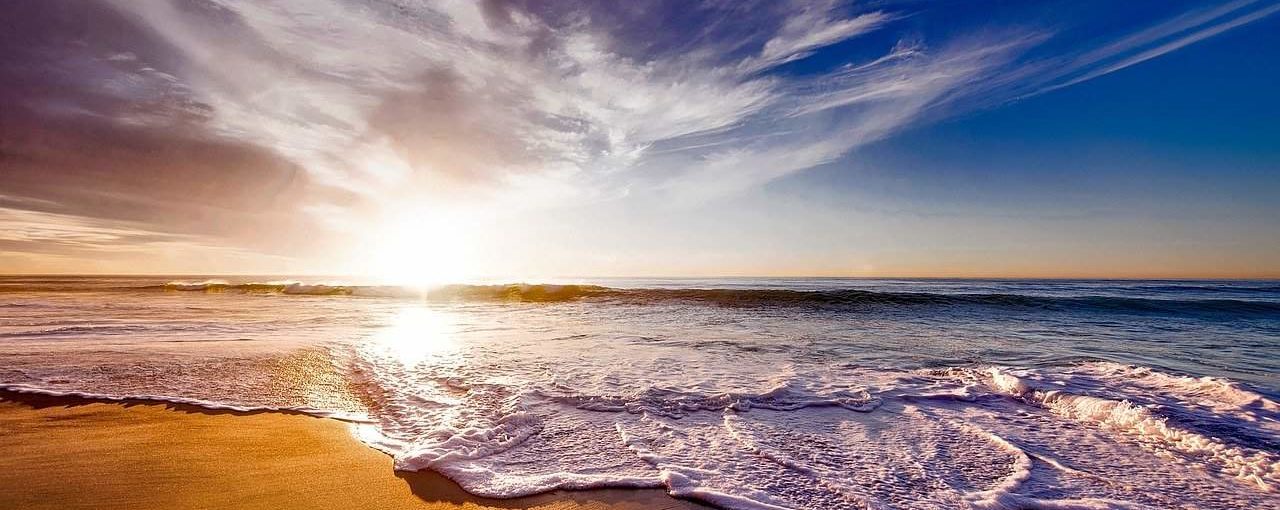Dysfunctional Family: Breaking down the diverse group of entities who govern, use and protect Costa Rica’s fisheries
Todd Staley
July 15, 2021
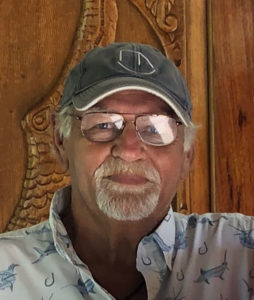 Costa Rica is bordered on two sides by oceans, the Pacific Ocean on the west coast and Caribbean Sea on the east coast. The patrimonial waters are 528,682 square kilometers or 11 times greater than the territorial area. I see the people that govern, use, and protect the oceans as one big dysfunctional family. They don’t communicate well and mostly only care about their own interests.
Costa Rica is bordered on two sides by oceans, the Pacific Ocean on the west coast and Caribbean Sea on the east coast. The patrimonial waters are 528,682 square kilometers or 11 times greater than the territorial area. I see the people that govern, use, and protect the oceans as one big dysfunctional family. They don’t communicate well and mostly only care about their own interests.
Costa Rica´s Patrimonial Waters

I know a little about dysfunctional families as I grew up in one. After my dad took off, mom was left to raise my six siblings and myself, and some of us put the poor woman through living hell. Mom was always the rock of the family, working long hours so we always had a roof over our head and a modest meal on the table.
We eventually healed, and mom, who will be 98 on her next birthday, never gave up on us. Her framework has failed some, but her mind is as healthy today as it ever was. Today she looks back and likes to say, “Our family put the ‘fun’ in dysfunctional.”
The Costa Rican ocean family can also heal, much like any family, if they have the honest ability to see their individual shortcomings first and admit there is a problem. Then work as a team together to fix the ocean as a whole.
It is a large family whose members are quite different, and some have never spent much time getting to know the others, although not entirely their own fault. Some members preferred it that way, and many of the coastal communities were difficult to access. It wasn’t until the last decade that many could be reached without hours of bumpy travel in a 4-wheel drive vehicle.
This is how the family makeup looks.
The Costa Rica Government
Congress – The congress (diputados) makes the laws that govern the family and are responsible for the other laws of the entire country. Many members of congress are from populated urban areas and don´t really know the ocean so often they rely on the suggestions and advice of others to guide them in making their decisions. Often those giving advice are powerful people looking out after their own interests rather than what is best and fair for everyone.
INCOPESCA – The agency that was created to make the rules that govern the fisheries in Costa Rica. They are often not responsible for the enforcement of their own rules and many rules are written in a fashion that often leaves big loopholes Many of its member are in the fish business themselves and they have historically concentrated on production or extraction of natural resources from the ocean.
Incopesca has talked about zoning the ocean for the benefit of all user groups as far back as 2001, but as of today has not done so. They are also in charge of inspections of fish landings in the country.
Incopesca has been under a lot of pressure by about how they operate especially family members who are trying to protect the ocean. Typical of many dysfunctional, Incopesca is in sort of denial, but the writing is on the wall if they continue in this fashion they will lose control of the fisheries.
Coast Guard – The Coast Guard is in charge of enforcement of the fishing laws. They are understaffed, under-equipped, and have bigger fish to fry, than illegal fishermen on the oceans. There is very little patrolling for illegal fishing and they may or may not be able to respond to a complaint.
MINAE and SINAC govern fresh water and river mouths flowing into the ocean. They also govern national parks. They are mostly into protection with no touch policies. There is no fishing within 1000 meters of all river mouths. The misconception is if no-one can use it, it’s protected.
What happens is the honest person stays out while illegal fishermen enter mostly with gillnets with nobody watching. A decade ago I suggested they opened protected areas to controlled fishing for a fee and use the money generated to patrol these areas. (Should Costa Rica open national parks to fishing? – (ticotimes.net)) They have since opened Cano Negro refuge on a controlled bases for sport fishing with seasons, rules, and management.
ICT – Historically the tourist board has placed sport fishing tourism on the bottom of its totem pole. They have related it to marinas where it has been looked at by not only ICT but others in the family as, “rich boys with expensive toys.” The fact is, it is an income source for many coastal communities, many of them not near a marina. The latest pre-Covid study showed sport fishing generated $520 million annually to the Costa Rican economy. The ICT passed sport fishing off to CIMAT, a division of ICT that governs marinas.
CIMAT – A fairly new agency that governs marinas and tourist loading docks in the country. They had little understanding of the sport fishing industry but to their credit have made the effort to get involved and learn.
The Direct Users
The Tuna Industry – Probably the most powerful and wealthiest members of the family consisting of the cannery in Puntarenas and a fleet of foreign vessels that capture tuna in purse sein nets often encircling super pods of dolphins in the process. The bycatch of marine mammals, sea turtles, sharks and mantas, as well as species important to national commercial and sport fishermen are important problem.
They employ around 1300 direct employees in the processing plant. At one time they were extracting 25,000 ton annually from Costa Rica waters but recently quotas have been set at around 11,000 tons a year. Currently they have to fish at least 45 miles off the coast. There is a proposed law that would move the purse seiners out further to at least 60 miles. All other fishing sectors are asking for at least 100 miles.
The tuna industry says the extra miles would be a hardship on boats fishing as they would have to travel further to bring their catch to the cannery and they could be forced to close the plant affecting all those jobs.
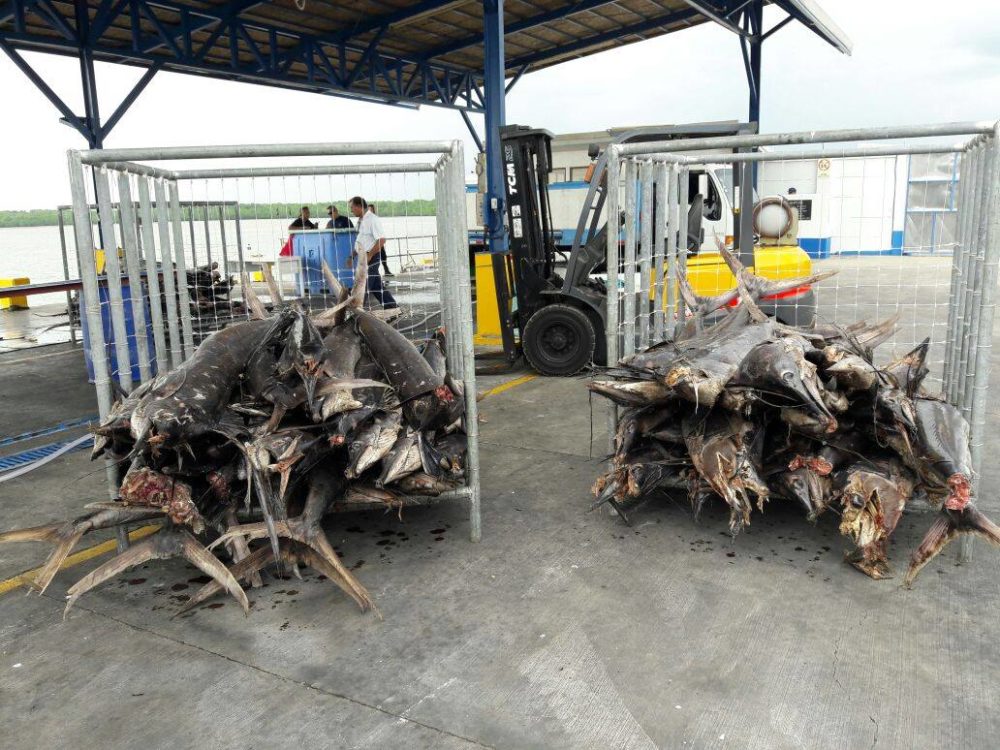
Coast Guard captures sailfish illegally unloaded in Golfo Nicoya by a tuna seiner
If they looked at it honestly, the boats fishing Costa Rica waters are flagged mostly in Nicaragua and Venezuela and travel hundreds of miles just to get here. Since the first zoning occurred in 2014 moving them out 45 miles allowing an area of reproduction their production has actually increased. They are averaging 20 tons of tuna per net set, an increase of around 5 tons from before. That in itself is a major savings in fuel. They have almost reached their quota for this year already so a hardship is hard to buy into.
Longliners – are hard workers and some of the most vocal members of the family and claim much of the rest of the ocean family is against them. Most are honest businessmen who work under the rules given to them. What they have going against them is that their type of fishing is indiscriminate as to what they catch.
The more they catch the bigger the paycheck and this leads to some breaking of the rules. They know there is little or no enforcement of the rules and if you see your neighbor walking around with a pocket full of cash because he had an advantage by breaking the rules, it is hard not to be tempted to do the same.
There is a severe problem with some longliners targeting sailfish, which have protection by Incopesca with a giant loophole, but most longliners say they would have absolutely no interest in sailfish if the tuna seiners didn´t kill so many of their target species.
Artisanal Fishermen – are the heart of small coastal communities and by far the largest group of those who live directly from the ocean. There are around 1400 boats registered as artisanal fishermen and thousands of people depend on this activity.
They are hardworking family units that have worked with the government to create varies Responsible Fishing Areas. The group does have its bad apples. Some illegally net in protected areas and river mouths as well as fishing with smaller mesh sizes in their nets than allowed by law again with little or no enforcement.
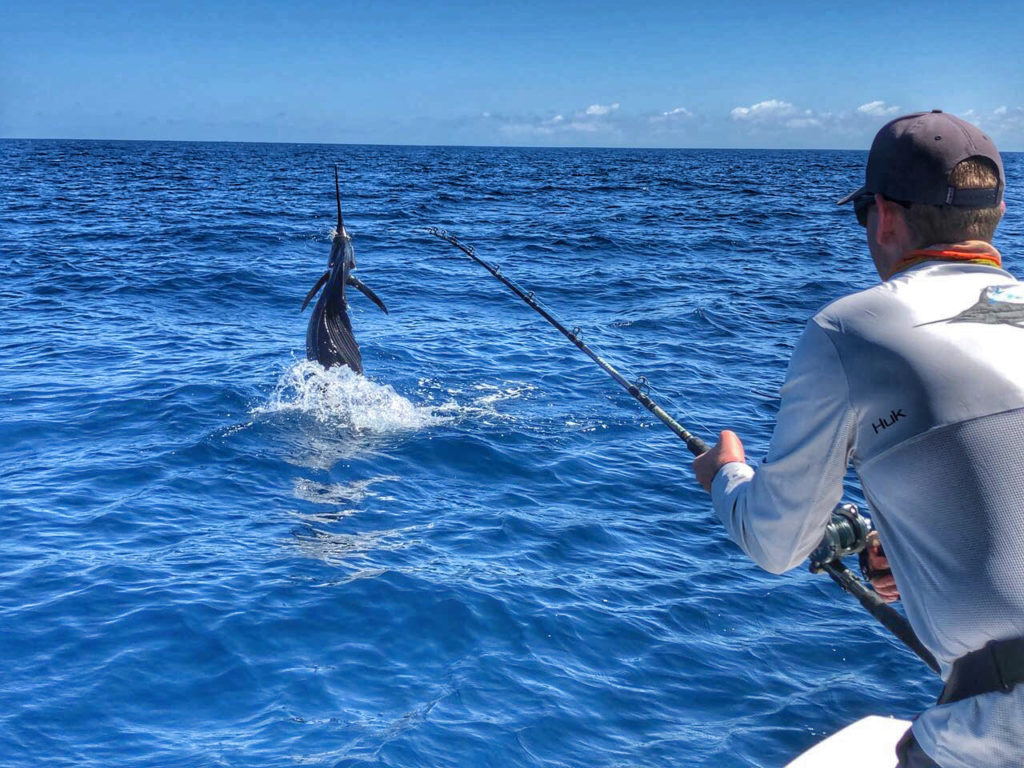
Sport Fishing – is divided into two groups by the government. Recreational fishermen and Tourist or Charter fishing. All anglers must have a valid fishing license to fish in Costa Rica.
Recreational fishing consist of private boat owners, several fishing clubs who have worked on varies conservation projects as well as events with children as well as people who are just go fishing for a meal. This activity has little impact on the ocean but at times people do not respect size and catch limits.
Tourist fishing is a major contributor to the Costa Rican tourism industry and they are also the most timid members of the ocean family. This is probably because they don’t communicate well amongst themselves because many are in competition with each other for fishing clients. They feel they haven´t been treated fairly by other members of the family but rarely speak up even though what is happening will one day devastate their business.
The 2014 tuna decree that moved the tuna boats out from 12 to 45 miles is a great example of ocean management. Studies have showed that after that move, charter boat catches increased for all tourist species except for sailfish which have continued to drop mostly from illegal fishing practices by the commercial industry.
Costa Rica was once known as the Sailfish Capital of the World but has since fallen far behind Guatemala as the top spot for sailfish. That is because the tourist board and government in Guatemala realized the value of sailfish to their economy and took the measures to protect it for catch and release tourism only.
Those in the charter business are hesitant to speak up publicly about the problem here for fear it would chase away clients. The truth is when there are few fish left, the tourists will seek other destinations anyway.
Fish Wholesalers – control the price that commercial fishermen receive for their catch often at a low price. Many of their trips are financed by these same companies that buy their fish who supply fuel and ice for the boats to make their trips and deduct those expenses when the sell their catch.
There are a few longline fishermen who have started to fish tuna with “green sticks” a sustainable method with almost no bycatch but fish buyers do not reward them for their effort by paying a premium even though the consumer is willing to pay more. The tuna cannery actually imports yellowfin tuna to send to the United States for their “wild caught” brand because the tuna caught by seiners does not qualify. They could easier start a program working with Costa Rican fishermen to help supply a portion of that product.
Misidentification of Fish Products – has been a worldwide problem which has not escaped Costa Rica. Changing the name to make it more attractive is common. Thousands of kilos of a catfish farm raised in Vietnam called Pangasius have been imported for the national market and were sold as corvineta , which sounds much like a popular local fish called corvina. Shark is often called bolillo which goes into a lot of the ceviche popular here.
This practice has not escaped fish exports. After the exportation of sailfish was stopped in 2009, marlin exports increased rapidly. Custom agents capture a couple of containers leaving the country with about 7000 kilos each of sailfish each marked as striped marlin.
Marlin exports increased as well as the practice of shipping whole marlin after the ban of sailfish exports in 2009. The fishing method remained the same.
There has also been a drastic change in fish landings in the country, especially swordfish. Most of the swordfish are exported to the United States where it is considered a premium fish in fine restaurants. Production has increased from around 400 tons a year landed at Costa Rican docks before the ban on sailfish exportation to almost 1,400 tons a year annually. In 2012 the United States banned the importation of all billfish except swordfish.
There is no evidence of wrong doing on the part of inspectors at fish landings or by fish exporters with the change in numbers, but it is a coincidence that leaves one with a “Ripley´s moment.”
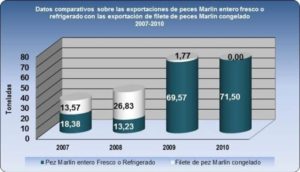
Fish Landings in tons. Red – sailfish, Blue – Swordfish
Conservationists and Environmentalists – I place them in separate categories because in my opinion conservationists believe in use of natural resources but with proper management and environmentalists tend to believe in full protection.
I actually got involved in conservation long before I starting calling Costa Rica my home 30 years ago. I got involved down here many years ago as a defense mechanism. A world famous NGO had millions of dollars to spend on conservation projects on the Osa Peninsula. One of their plans was to prohibit all fishing in the Golfo Dulce. I ended up on a committee of 12 to discuss a plan. One member went as far as to suggest that all motorized boats be banned from the gulf. They backed their fishing ban idea with studies done on cold water Atlantic fish.
My question to them was, “what are you going to do with the 200 or so families of artisanal fishermen and sport fishermen that depend on fishing to feed their families”. One suggestion was to build a museum because the Osa had a lot of history. It would have to be one hell of a museum to employ that many people.
After months of meetings one day I announced I would agree with their idea to ban all fishing if they did one thing. Seeing they may have finally changed my opinion they eagerly asked what it was. “We have to buy 12 lawn chairs,” I said. They looked at me puzzled. “They are so we can all sit together on the edge of the Golfo Dulce, and watch it die. No-one has mentioned run-off from palm plantations and rice farms, or gray and black water flowing into the gulf from surrounding pueblos. You are only talking about fishing.”
To make a long story short, fishing was never banned in the Golfo Dulce and working together in 2010, sport and artisanal fishermen and conservationists worked with the government and created in Golfo Dulce the largest Area of Responsible Fishing in Central America where only sustainable fishing practices are allowed.
Conservation has also become big business and many organizations compete for donor money to operate. This completion has led to a lack of communication between the different groups. Often they are spending money on similar projects but not sharing research with each other. If they did they could accomplish more with less money.
The internet and social media has changed the face of conservation. What is forgotten is that people are also a natural resource. It is not fair to kill a person’s livelihood in the name of conservation without helping them do it better or teaching them other options to put food on the table.
Originally conservationists and environmentalist were a group of people that actually got out into nature and loved it enough to want to take care of it. Social media has created a new breed of keyboard environmentalists and politicians now use the talking points for other agendas.
I personally can´t sympathize with a blogger taking the effort to scream about the cruelty to a lobster while boiling it to eat, when less than a mile from his keyboard, a mother is wondering where the next meal for her kids is coming from.
How can we fix this family?
In the short term, it is in the hands of the Congress. The tuna reform bill has been bouncing around now in their hands for nearly two years and needs to get done and move the tuna purse sein boats out at least 100 miles. They have to take a look at who can benefit most by their decision.
One big business and a foreign fishing fleet or every sector of National fishermen and other Costa Ricans citizens concerned about the treatment of dolphins who voted them in office. If they look at it honestly and they want to do what is best for the ocean and the people, move the boats out. The tuna industry can still make a living and so can the cannery people still have a job.
Then the real work begins. Each member of the rest of the family groups needs to take a hard look at itself. Deep down inside they know what their own problems are, some of which they don´t even realize others can see. Then for the first time they all need to sit at the same table and decide what it best for the ocean and still allows them to function.
If the tuna boats are out 100 miles, it leaves a lot of ocean to share and use responsibly amongst National fishermen. Right now, most have to compete with each other in the first 40 miles from the coast while the tuna boats have a large portion of the rest of Patrimonial waters to operate.
With the tuna boats out 100 miles, the ocean could then be finally zoned with areas for artisanal, sport, and greenstick fishermen, closer to shore and longline fishermen further out. This would avoid direct conflicts among each other.
Each government agency, each fishing sector, and conservationists needs to then form a group together that has a true goal: Protect the ocean while allowing Costa Ricans to make a living without exploiting it.
Right now everyone fights individually for their own wants. They need together, to make rules, penalties for breaking those rules, an enforcement plan, and ocean management plan they all for the most part agree on, and go forward not continue to go backwards.

